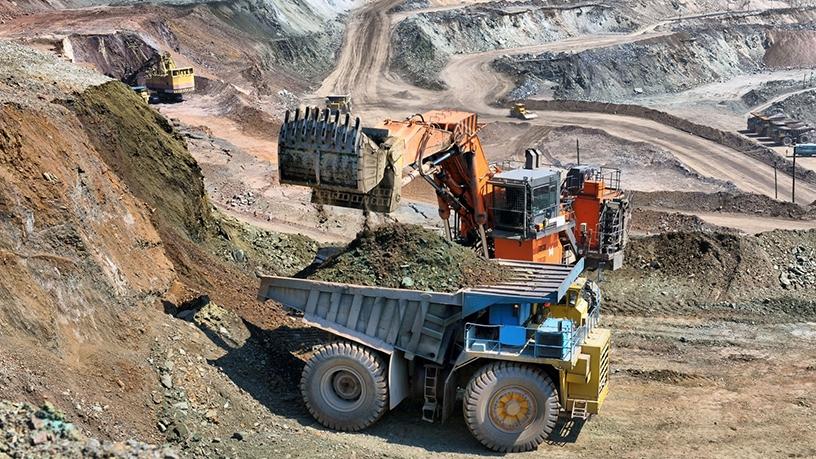
Electric vehicles could provide huge savings and improve performance for industries like construction, agriculture and mining, over the next 10 years, leading to a market worth $87 million.
This is according to IDTechEx, a research firm based in Cambridge, UK. Its Electric Vehicles for Construction, Agriculture and Mining 2018-2028 report provides forecasts, comparisons and assessments for this niche sector.
The research draws on interviews and the results of recent industry conferences.
The firm says Komatsu, John Deere, Caterpillar and others will manufacture the mostly hybrid, large vehicles, while smaller companies will focus on the smaller pure-electric versions.
While it is a legal requirement that all inside vehicles at the moment are pure electric, extending this to outside vehicles is attractive because of the fuel saving and better performance benefits.
"Cranes and man-lifters have many applications. Their production volumes are larger than most people realise. So it is with the electric versions set for over 164 000 to be sold in 2028," the report details.
It says these industries are about to change radically.
"For example, in mining, over 90% of the world's mines are open cast. They are often in remote places up to 4 000m above sea level, where shipping diesel can cost more than buying it.
"Consequently, there is now a move to have 350kW giant haul trucks working the floor and separately the top of the mine with electric 'rail-veyors' lifting the ore from bottom to top. In an all-electric solution new pollution laws can be met, image improved and money saved, the electricity coming from the mine's own wind turbines and photovoltaics."
The report says this would be achieved through battery swopping and fast charging. The vehicles would use large 350kWh batteries: "big but no larger than those in other EV sectors" the report says.
Other than mining, the research shows how in agriculture, the tractor will also become electric over the next 10 years and will be produced on scale by 2028.
Supercapacitors, new power components, greater modularisation and integration will transform these industries.
Share